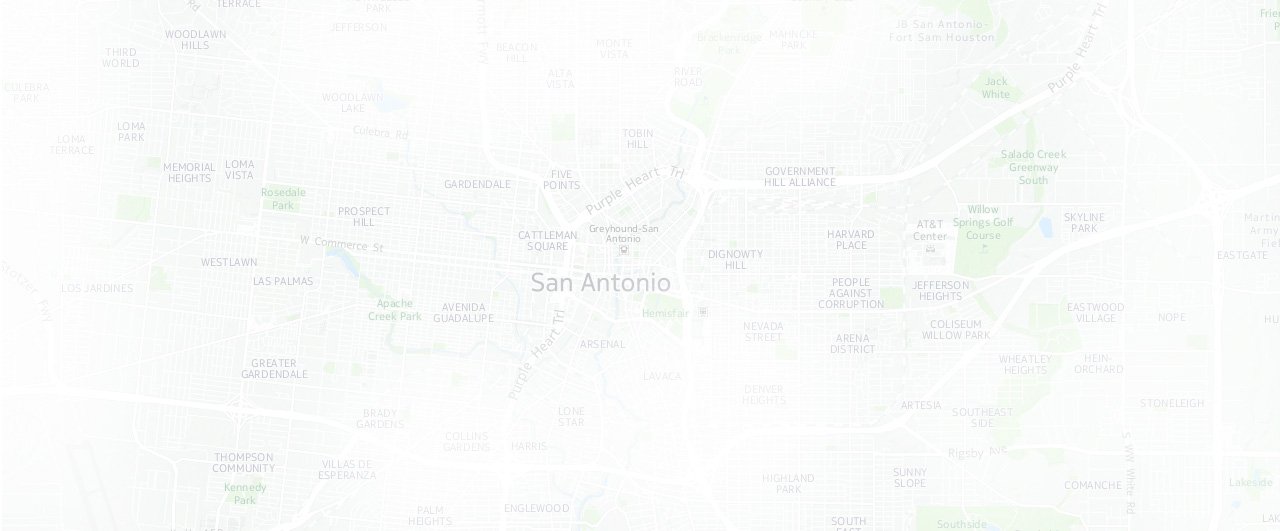Irritable bowel syndrome (IBS)
“The muscles in your colon that squeeze to push stool through malfunction,” says Dr Dar. The muscles either contract too quickly, giving you diarrhea (IBS-D), or too slowly, so you’re constipated (IBS-C). People may develop IBS after a GI illness, a course of antibiotics, or emotional trauma. Patients complain of a variety of different symptoms so it is good to request an appointment to see a gastroenterologist because it could be upper or lower GI tracts that are causing the problem, and are treated differently. Here we deal with the common upper GI problem.
Upper GI endoscopy, sometimes called EGD (esophagogastroduodenoscopy), is a visual eof the upper intestinal tract using a lighted, flexibfiberoptic or video endoscope. The upper gastrointestinal tract begins with the mouth and continues with the esophagus (food tube) which carries food to the stomach. The J-shaped stomach secretes a potent acid and churns food into small particles. The food then enters the duodenum, or small bowel, where bile from the liver and digestive juices from the pancreas mix with it to help the digestive process.
Equipment
The flexible endoscope is a remarkable piece of equipment that can be directed and moved around the many bends in the gastrointestinal tract. Endoscopes now come in two types. The original pure fiberoptic instrument has a flexible bundle of glass fibers that collect the lighted image at one end and transfer the image to the eye piece. The newer video endoscopes have a tiny, optically sensitive computer chip at the end. Electronic signals are then transmitted up the scope to the computer which then displays the image on a large video screen. An open channel in these scopes allows other instruments to be passed through in order to take tissue samples, remove polyps and perform other exams.
Reasons for the Exam
Due to factors related to diet, environment and heredity, the upper GI tract is the site of numerous disorders. These can develop into a variety of diseases and/or symptoms. Upper GI endoscopy helps in diagnosing and often in treating these conditions:
ulcers — which can develop in the esophagus, stomach, or duodenum; occasionally ulcers can be malignant tumors of the stomach or esophagus difficulty in swallowing upper abdominal pain or indigestion intestinal bleeding — hidden or massive bleeding can occur for various reasons
esophagitis and heartburn — chronic inflammation of the esophagus due to reflux of stomach acid and digestive juices
gastritis — inflammation of the lining of the stomach
Preparation
It is important not to eat or drink anything for at least eight hours before the exam. The physician instructs the patient about the use of regular medications, including blood thinners, before the exam.
The Procedure
Upper GI endoscopy is usually performed on an outpatient basis. The throat is often anesthetized by a spray or liquid. Intravenous sedation is usually given to relax the patient, deaden the gag reflex and cause short-term amnesia. For some individuals who can relax on their own and whose gagging can be controlled, the exam is done without intravenous medications. The endoscope is then gently inserted into the upper esophagus. The patient can breath easily throughout the exam. Other instruments can be passed through the endoscope to perform additional procedures if necessary. For example, a biopsy can be done in which a small tissue specimen is obtained for microscopic analysis. A polyp or tumor can be removed using a thin wire snare and electrocautery (electrical heat). The exam takes from 15 to 30 minutes, after which the patient is taken to the recovery area. There is no pain with the procedure and patients seldom remember much about it.
Results
After the exam, the physician will explain the results to the patient and family. If the effects of the sedatives are prolonged, the physician may suggest an interview at a later date when the results can be fully understood. If a biopsy has been performed or a polyp removed, the results are not available for three to seven days.
Benefits
An upper GI endoscopy is performed primarily to identify and/or correct a problem in the upper gastrointestinal tract. This means the test enables a diagnosis to be made upon which specific treatment can be given. If a bleeding site is identified, treatment can stop the bleeding, or if a polyp is found, it can be removed without a major operation. Other treatments can be given through the endoscope when necessary.
Alternative Testing
Alternative tests to upper GI endoscopy include a barium x-ray and ultrasound (sonogram) to study the organs in the upper abdomen. Study of the stools, blood and stomach juice can provide indirect information about a gastrointestinal condition. These exams, however, do not allow for a direct viewing of the esophagus, stomach and duodenum, removing of polyps or taking of biopsies.
Side Effects and Risks
A temporary, mild throat irritation sometimes occurs after the exam. Serious risks with upper GI endoscopy, however, are very uncommon. One such risk is excessive bleeding, especially with removal of a large polyp. In extremely rare instances, a perforation, or tear, in the esophagus or stomach wall can occur. These complications may require hospitalization and, rarely, surgery. Quite uncommonly, a diagnostic error or oversight may occur. Due to the mild sedation, the patient should not drive or operate machinery following the exam. For this reason, someone else should be available to drive the patient home.
Summary
Upper GI endoscopy is a simple outpatient exam that is often performed with the patient lightly sedated. The procedure provides significant information upon which specific treatment can be given. In certain cases, therapy can be administered directly through the endoscope. Serious complications rarely occur from upper GI endoscopy. The physician at Stone Oak Gastroenterology can answer any question the patient has. Learn more about other procedures we perform.





